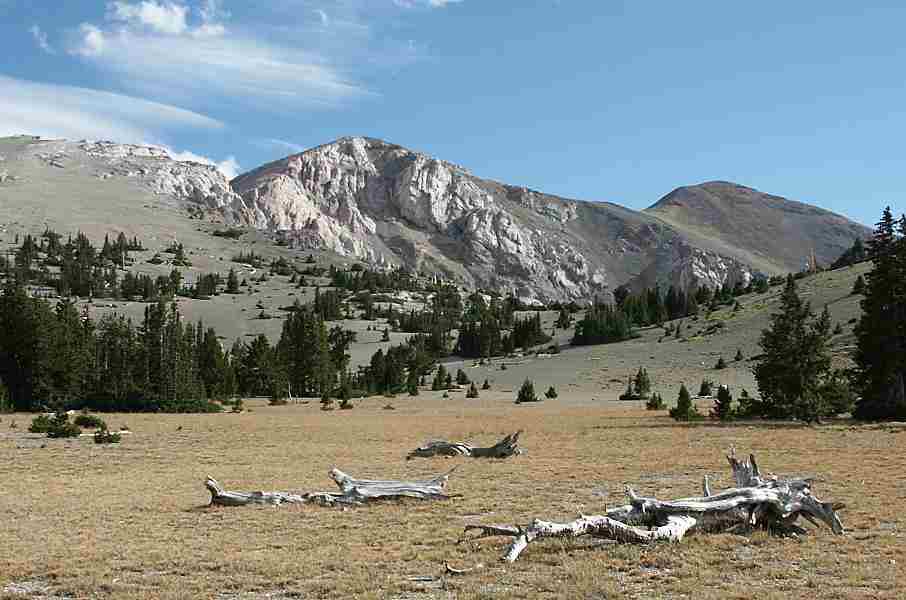Mountains of the Bible And Their Significance (1)

Mountains had a special place in the Bible. Many of them were closely related with great biblical characters: Abraham went to offer his son on a mountain (Mount Moriah), Moses took the tablets containing the ten commandments written by God's hand on a mountain (Mount Horeb), Elijah confronted the prophets of Baal on a mountain (Mount Carmel); preeminently Our Lord Jesus Christ on his life on the holy land, many of the great events of his blessed life took place on mountains. He gave his most famous and recognized sermon on a mountain, he was transfigured on a mountain (Mount Tabor), and He ascended into heaven from a mountain (Mount of Olives).
In this series, we will try to pursue how/why mountains were used frequently in the Bible, whether figuratively or as a space for certain important events, and how this might help biblical interpretation and understanding accordingly.
Mountains in Near East Religions:
As mountains were an element of the concept of sacred space in the Old Testament, "the mount of the Lord, the mountain of God, the mountain of your inheritance, (Gen 22:14, Ex 4:27, Ex 15:17)," so they were in the Ancient Near East religions and literature. A concept of a "Cosmic Mountain" - from which the whole creation began - was found in the Ancient Near East religions of Mesopotamia as well as Canaan. One of the sources for this discovery is the Ugaritic tablets found at Ras Shamra in 1929.
In the religion of the people of Syria-Palestine, the storm god, Baal-Hadad, lived on a Mount Zaphon. Many of the descriptions and attributes given to this mount as a sacred place, were also given to Mount Zion in the Old Testament, the mountain upon which the holy temple of Israel was built. The intersection of the mythic literature of the Ancient Near East religions and the Old Testament narrative often triggers a question of "who took from who?" Sometimes, it is taken further to challenge the authenticity of the Bible.
Here we can say that what happened is that the authors of the books of the OT used some of the imagery available and common at their times, not to affirm the myths, but to the contrary to demythologize them by God's true revelation. They used the literature commonly known and understood by the people of their times to communicate the message of the true God revealing Himself to His people, not as myths invented by men, but as the truth revealed by obviously miraculous actions seen and affecting His people for their good. The exodus from Egypt, with all the accompanying events before and after it, can be considered one of the most obvious incidents of revelation for His people to free them from a land of bondage to a promised land. That is why in later parts of scripture, it was almost the most repeatedly reminded of event, when a prophet or a leader of the Israelites had a divine message to be communicated to them, especially at times when they had gone astray from God. The climax of God's revelation to His people was in the person of our Lord Jesus Christ being God incarnate. His people here are not just the Israelites, but all who believed in His appearance in the flesh for their salvation.
(To be continued)